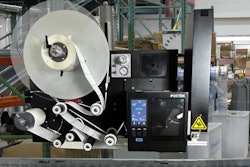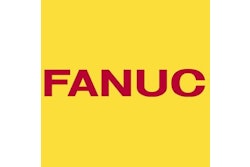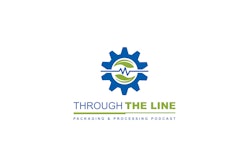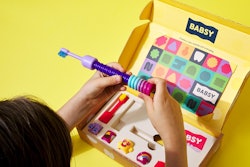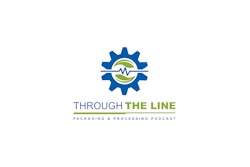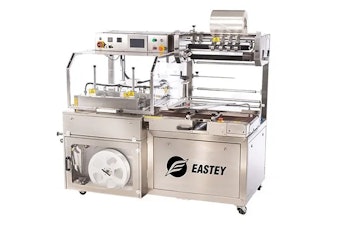
Glen Long, Senior Vice President of PMMI, talks about an important but sometimes overlooked issue in advance of the Packaging Recycling Summit, which will be held this September 16-18 in Anaheim. Learn why Long is a leading a session to discuss integrating new materials into legacy machinery lines:
KO: Please briefly tell us about your role at PMMI, and your background in the packaging industry.
GL: I’m PMMI’s Sr. VP. I’m responsible for all our services on the Association side of our Group. Our mission is to help our members succeed. I’m a Career Packaging Machinery Professional with significant, specific industry experience having managed or owned five different manufacturers of Packaging Machinery over my 45 year career. Specialties: General Management w/P&L responsibility; Strategic Planning/Management; Engineering and Operations Management including Lean Manufacturing, Market/Product Development; Sales Management; Employee development.
KO: There is a lot of discussion around materials when considering sustainability and recyclability of package design, but oftentimes the compatibility of the legacy machines that need to run the new materials is left out of the conversation. Why do CPGs need to consider their existing machinery when making packaging design changes for recyclability?
GL: Often times installed bases of machinery are years old and were designed for use with a particular material. Introducing newer, more sustainable materials poses significant challenges for this older machinery. Many times the newer materials are thinner and lighter or they require longer dwell times for sealing/closing. These characteristics may result in web breakage or machine jams or, at the very least, slower throughputs. Worst case, the newer materials may not run on the legacy equipment without extensive modification OR not at all.



